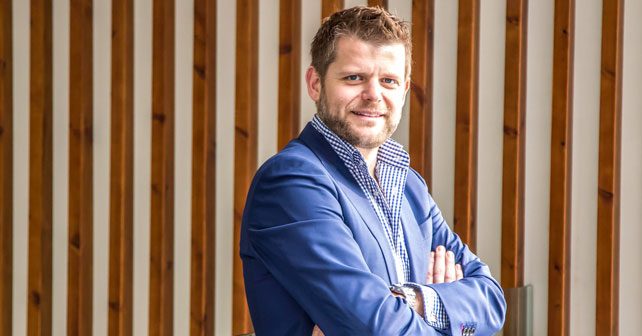
With GM making a renewed push for the Indian market, we speak to Stuart Norris, MD of GM’s Korean Design Centre about the company’s future design direction and his experience of designing the Bolt EV.
What is Chevrolet’s design language for the future?
We call our design language ‘Lean Muscularity’. What we’re trying to do is take some of the core iconic products that Chevrolet already has – like the Corvette and Camaro – the halo vehicles of the brand and boil down the essence of those vehicles to try and turn that into a design language that you can scale to a very broad lineup of vehicles. We don’t want to turn all our products into a Camaro or a Corvette, that would be ridiculous. But there’s a leanness, a muscular feel, which we want to replicate into our other vehicles. I know it sounds a bit much, but if you look at the design language of the Essentia, it’s quite sheer, but its also got a strength to it. There’s a consistency in everything that we’re doing and we’re trying to make sure we take some of that essence in all our designs.
The Bolt is the first time that an affordable, yet practical EV is being launched. As a designer, what are the challenges that you face when designing an electric car?
Actually, in design terms, electrification is an enabler, so there are none of the usual problems. Since it doesn’t have a fuel tank or exhaust routing, the package is pretty flat and fairly easy to manage, but it does derive a taller car, and we kind of embraced that on the Bolt and took advantage of that to create a uniquely proportioned vehicle. The front end packaging is probably more efficient too. Cooling, strangely enough though, is more challenging as the massive battery pack has its own cooling system, so we still have a radiator to mount in the front. So, the cooling opening requirements are actually greater than they would be on internal combustion engined car. Also, the battery, optimally, should be cooler than the ambient temperature – around the 70o F mark – so if you’re in hotter climates like California, then you’re actually actively having to cool the battery to keep its temperature below the ambient temperature. I think though, in terms of a corporate and customer culture, EV helps you in being more risk taking. The customers are also looking at something that makes a statement with its design. So, it was quite a unique experience, and probably a once-in-a-lifetime chance for me.

















Write your Comment